The Typhoon is a highly capable and agile fourth-generation combat aircraft say the Royal Air Force, capable of being deployed for the full spectrum of air operations, including air policing and high-intensity conflict.
The aircraft’s development began in 1983 with the Future European Fighter Aircraft programme, a multinational collaboration among the UK, Germany, France, Italy and Spain.
Disagreements over design authority and operational requirements led France to leave the consortium to develop the Dassault Rafale independently.
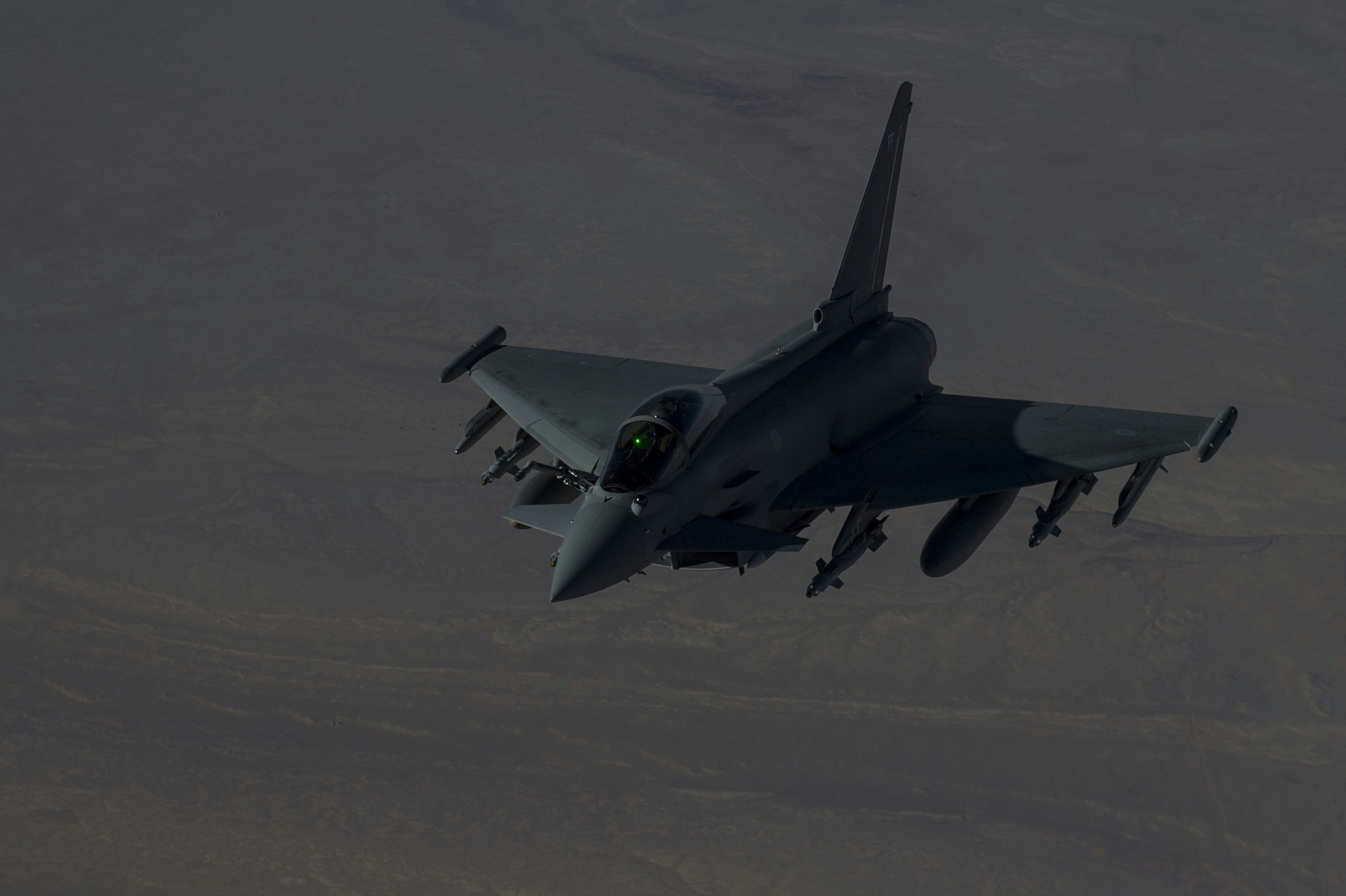
Typhoon first flew in 1994 and entered operational service in 2003. Over 600 of the type have been built for 8 nations. The British Typhoon force currently stands at five frontline squadrons, plus the OCU, while 41(R) Test & Evaluation Squadron (TES) operates a small Typhoon fleet under the Air Warfare Centre.
According to the Royal Air Force, the type has been very busy:
“Having first deployed into combat for Operation Ellamy (over Libya) in 2011, the Typhoon force began an enduring commitment to Operation Shader (Iraq/Syria) in December 2015.
It has also been a regular contributor to the Baltic Air Policing effort under Operation Azotize and most recently bolstered NATO air defence over the Black Sea, deploying four jets to Romania, in addition to the standing commitment of QRA in the UK and Falkland Islands.
Most recently, Typhoons deployed to Estonia for air-land integration training with a British Army battle group.”

The aircraft is armed with an internal 27mm Mauser cannon, plus AIM-120 AMRAAM and ASRAAM air-to-air missiles, and Enhanced Paveway II and Paveway IV precisionguided bombs. Future weapons (those still to be cleared for use on the jet) will include the Meteor air-to-air, and Storm Shadow and Brimstone air-to-ground missiles.
In the air-to-air role the jet employs the infrared guided Advanced Short Range Air-to-Air Missile (ASRAAM) and radar-guided, beyond visual range Advanced Medium Range Air-to-Air Missile (AMRAAM). These weapons say the RAF, used in conjunction with the jet’s ECR-90 Captor radar and PIRATE electro-optical targeting system, combine with the Typhoon’s superior performance and manoeuvrability to make it a formidable platform.

For ground-attack missions, Typhoon is compatible with the GPS/laser-guided Enhanced Paveway II and Paveway IV weapons, usually in conjunction with the Litening III targeting pod. Its regular configuration for the armed reconnaissance and CAS roles includes Litening III, Paveway IV and the internal 27mm gun. Paveway IV offers cockpit-programmable impact angle, impact direction and fuse delay features for precisely tailored target effects.
The 27mm gun is ideally suited to providing warning shots or for accurate attacks against targets including light vehicles and personnel.
Typhoon development has continued in carefully executed phases, as was always the intention. This process received additional impetus from Project Centurion, which aims to transfer core Tornado GR4 capability onto Typhoon. Paveway IV has been operational on Tranche 2 Typhoon for sometime, with the completion of Meteor integration next, followed by Storm Shadow and then Brimstone.
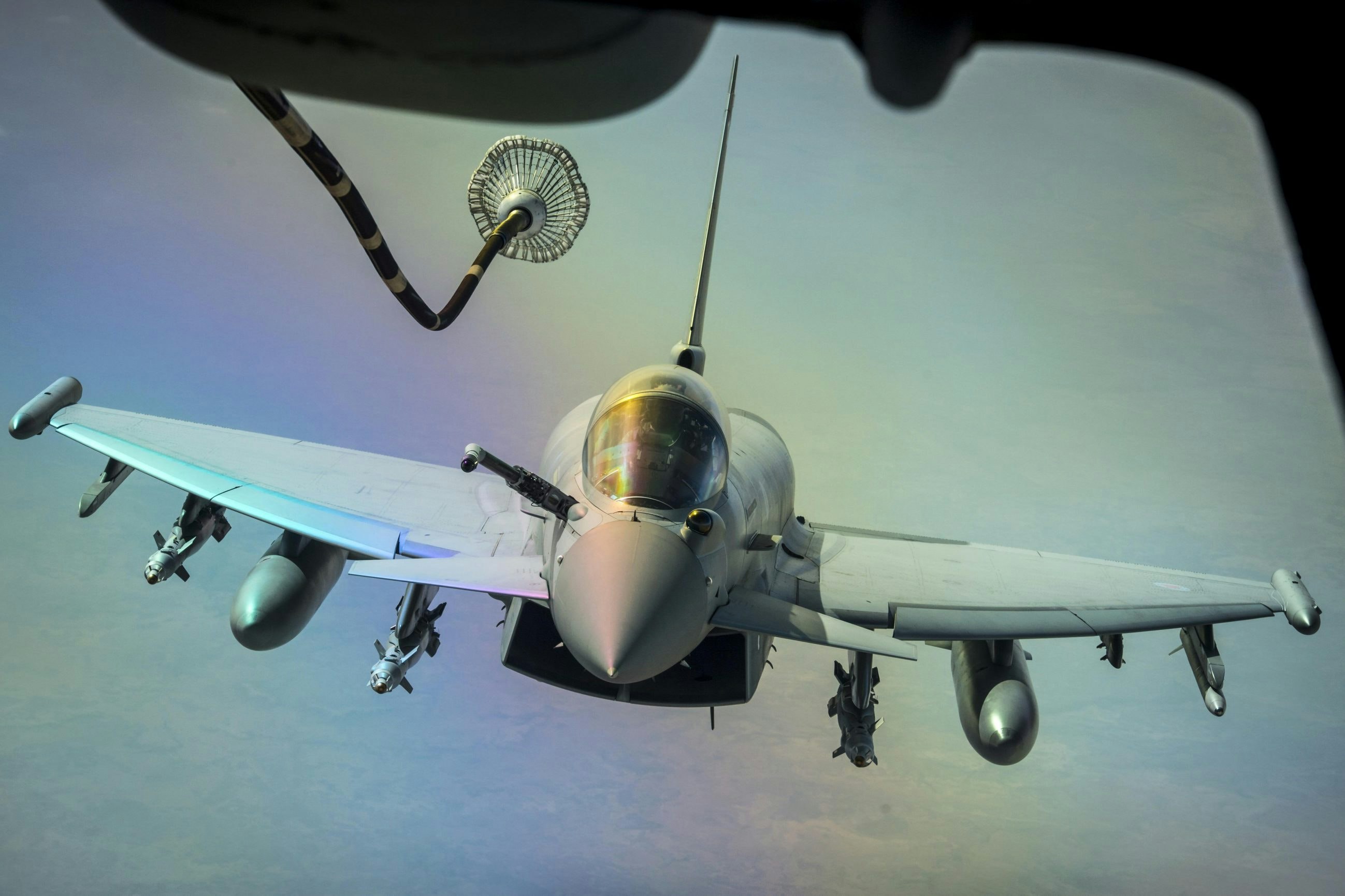
Gp Capt John Cunningham, who heads up Project Centurion – the programme to improve the jet’s capabilities for the UK fleet – said recently:
“By the end of 2018 no other aircraft in the world will have all of the Typhoon’s capabilities.
It will have the long-range air-to- air Meteor missile, Brimstone and Storm Shadow which can hit moving targets and underground structures, Paveway IV laser guided bombs, the Litening III targeting pod and ASRAAM air-to-air missiles.
All this will come together by December 2018 making the next year the biggest game changer ever in the development of this aircraft.”
Project Centurion will ensure seamless transition of capability from Tornado to Typhoon by the time Tornado goes out of service in 2019. Currently only the RAF’s three Tornado squadrons can fight with Storm Shadow and Brimstone air-to-surface missiles.

These improvements will make Typhoon the backbone of the RAF’s combat air capability. Andy Flynn, BAE Systems’ Centurion and Eurofighter delivery director, said:
“We have had some great days in the office this year with starting the operational evaluation of Meteor and Storm Shadow capabilities and completing the firing campaigns of Brimstone. We have a big year ahead of us that will require us to ensure we make every day count.”


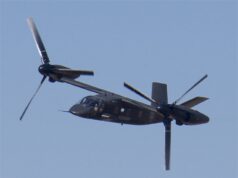
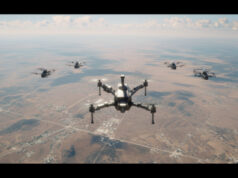
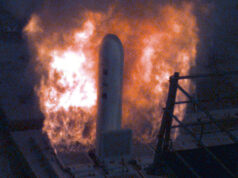




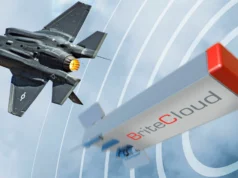
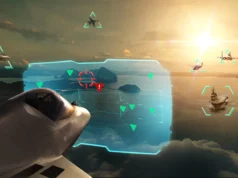
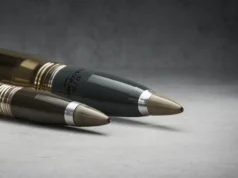

Tom-nice article but you forget to include the Flight of 4 Typhoons based at Mount Pleasant in the Falklands in your inventory.
Is it now 10 per squadron? That means we only have 50 front line fighters! Absolute joke. They would be gone on day one or two in a major conflict. I thought we had well over 100 active Typhoons.
Nations who spend half what we do seem to be eclipsing us now in so many areas. How is it France spends less but has same sized navy bar 2nd carrier and on paper looks to have more fighter, tanks, soldiers etc etc???
Would love to see us order 2/3 more squadrons once the new radar is fitted working with the F35. reduce order of F35 for navy to 96 – 36 per carrier plus 12 each spare/training. Free up money to gain critical mass. I’m sure someone will tell me why we can’t/shouldn’t do this:
It would be really nice to have an article that clearly shows the contractions of UK armed forces since 1990 really – as I dont believe the public know the scale of the cuts and even for those of us that do – getting hard facts and figures is actually very difficult.
Great aircraft – but we really need the F35b’s and potentially Magma/Taranis to be doing the swing role. Typhoon should be QRF only now as we simply dont have enough of them.
Personal opinion – but seems a waste of resources at this point in time.
Pacman – Can I gently disagree about the F-35 and swing / multi – role. Neither the B or the A will ever deliver the range and weight of ordnance that a Typhoon can and will. The B certainly cannot match the ferry and combat range let alone the Typhoons higher Supercruise speed. And nothing gets off the deck like a Typhoon. The combination of Tranche 1 for QRA and later Tranche aircraft for swing and multi-role missions is the best we can have. Where the F-35 DOES provide a key asset is the in the suppression and target identifying role where it can get in , attack defences and then guide weapons launched from a Typhoon onto specific targets.
The Typhoon is one very capable bomb truck and will fill the Tornado role with distinction. The F-35 (especially in ‘B’ form) has unique capabilities that complement and add to what we have with Typhoon. To try and reverse those roles does not make any sense to me I’m afraid.
Chris – understood and just to be clear I love the Typhoon, my comment is more around resource allocation than anything else and I prefer to look forward.
As I said a F35- Magma/Taranis combo is the way to go imho with the F35 doing the standoff management/electronic warfare role and this for me gets the best out of the F35 whilst increasing footprint through the far cheaper Taranis platform using a MADL connection. Additionally if we could get this up and running quickly we may even create an export success.
Ultimately we aren’t going to create export orders or increase our fleet via typhoon upgrade and the F35b in non stealth mode can take a lot of ordnance, so for me the logic stands, but I certainly know where you are coming from.
I think typhoon is peerless in its air-to air configuration but would put the limited resources we have into the above plan personally.
Magma is a demonstration model not a full sized aircraft it’s not a way forward but a method of proving flapped tech
Now, if this was a FB page I could like your post. But you are so right about the general public who no doubt believe government spin.
Agree. It’s painful to recall the cuts. 23 Fast Jet Squadrons in 98. 30 in 1990.
For the RN it was 40 escorts to 35 in 95.
35 to 31 in 98.
Down to 25 in 2004.
Last 2 T45 cut after made 23 by 2010.
4 T22 cut 2010 to the 19 Escorts today.
Agree the public blissfully unaware.
And many probably don’t care and are only concerned with what Car is on their drive and what benefits are being received.
I think some (me for instance) would call it a 4.5 Gen aircraft.
Lovely aircraft and we’ll worth the price. Unfortunately there going to be extremely over stretched over the next few years. We really should keep at least two tornado squadron operational until 2022.
orginal order for the RAF typhoons was 160 how many do we actully have? and are we getting any more ?
Well I’m sure I read that a squadron now consists of only 10??? That would make a pitiful 50 frontline only. A joke really. I thought we had around 100 frontline but looks like the rest are just training, storage and the like.
There was a freedom of information document a few years ago that listed every typhoon and their squadrons.
Tim – The RAF list 137 Typhoons in service. That accounts for early Typhoons cannibalised so possibly a further 20 to be delivered to make up the 160 ordered.
So where are these other airframes then? Obviously we need some spare and for training but not way more than in frontline squadrons surely?
This seems to have the answer https://www.whatdotheyknow.com/request/numbers_of_working_fully_functio
There we are, 50 available, 38 spares. Woefull. Makes me angry at just where £40 billion goes each year. 5th biggest budget globally yet totally lacking in depth across the board.
That’s not what that 2 year old FOI says at all, it was 92 in the forward fleet including 42 “undergoing minor works, forward maintenance or other unforeseen rectification or inspection work”, plus 38 “undergoing planned deep maintenance or upgrade programmes. It also includes aircraft held in temporary storage (eg to manage airframe flying hours)”. It said nothing about any of them being for “spares”.
Total at that date 130.
As far as I can make out when the Project was launched the requirement was for 250 Aircraft.As the project evolved some adjustments were made and the number was changed to 232.This was to replace the 5 ADV Tornado Squadrons and also equip 2 ex Jaguar Squadrons.Over time delays and increased costs spiralled but the 232 number remained as a contractual requirement spread over the various Tranches.When the Saudi Arabian Air Force confirmed an order for 72 Typhoons these were (cunningly) taken from the UK obligation to leave the RAF with a total of 160 Aircraft.As far as I know there has been 1 total write-off but others may be able to identify some more.A further batch would be ideal but under the current pressure on the Defence budget id imagine it would be very unlikely.
Don’t let us forget the twin seater a/c that are going to broken down for spares. It may have meant spending money, but they could have perhaps been converted for SEAD.
Harry & Tim – why are you dredging up a 2 year old piece of information. We have had 2 further years of new aircraft production plus the restoration of all the Tranche 1 aircraft since then.
By all means make a point but if you are going to use old data then at least be honest.
Yeah, it’s not only old it was misinterpreted. In fact the 2015 SDSR decided to retain the Tranche 1s, as far as I can see 48 of them, up till 2040, though 24 of them being originally T1 Block 1 were twin seat trainers and are going to be used for spares. Meanwhile I think T3s are being delivered (40 of them ordered I think).
Mmm, well, some painful research, Tranche 1 ordered 53, T2 = 67 + T3A = 40, T3B cancelled. Total 160, plus 3 or more unrepairable and seems to me another 2 at least gone already, gives 155, but 16 twin-seaters to be scrapped for parts (2020 I think), possibly all T1 though maybe 3 or 4 from T2 (I’m guessing at that split). Ignore the 24 T2 Saudi diversions, they were added to Batch 3A orders, and the other 48 Saudi were added to the 4 nation order. for T2.
So then 138 max, probably less, unless a T3B gets built and the UK orders some. A tad minimal I think, even if they are all mostly QRA. Seems to me the MOD / RAF is fudging a little that 160 with the total number delivered, rather than being in operation or available. It’s as clear as mud.
My apologies, I misread the info. Those numbers are looking more healthy and I can stop ranting lol. I guess the other important thing is the number of pilots to fly them.
The RAF don’t make it easy to find firm figures, which is perhaps a bit daft really. They’d not be giving anything away the Russians wouldn’t know before us lot!
A top drawer fighter and a credit to British engineering. Had development into an all rounder not been so slow Typhoon would have won more export orders and still will.
Certainly numbers are clearly inadequate at present and this shows little sign of changing in the foreseeable future.
The RAF/FAA of the future (2030) will entirely consist of a small silver bullet force, extremely capable, but spread too thin. 5 squadrons Typhoons, 4 F35B’s.
That said, if the UK contribution to a future “Gulf War type” International operation was a force of 20 trache 3 typhoons with Captor E, evolved Storm Shadow, SPEAR3, Meteor etc plus a Carrier group of 24 F35B’s with the same weapons capability …. That is an extremely capable force, able to punch a hole though just about any opposition.
How long could such a force be sustained is another question … My guess would be 3 months topps.